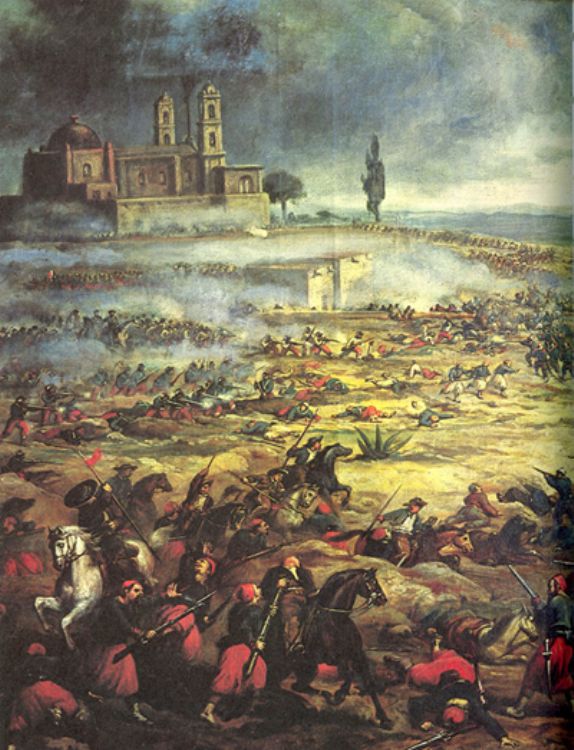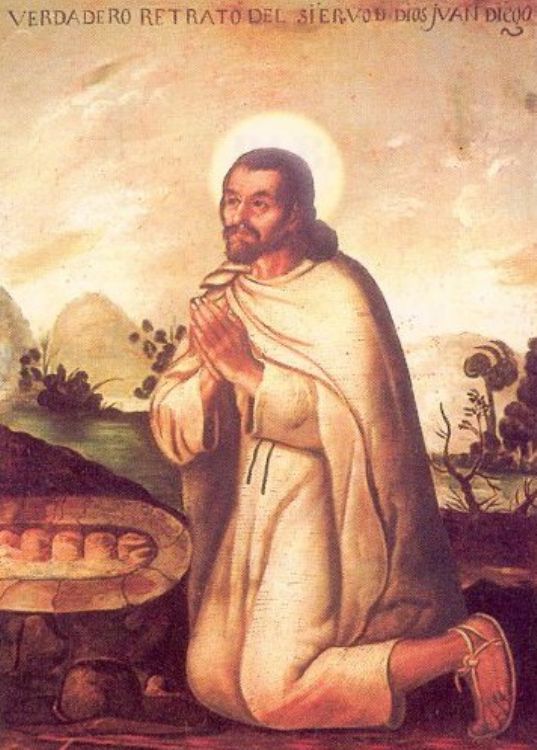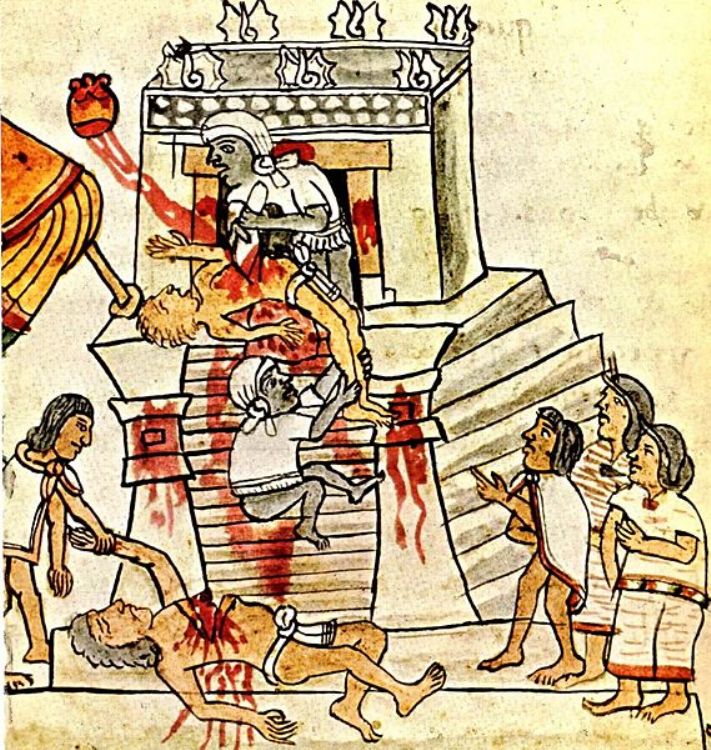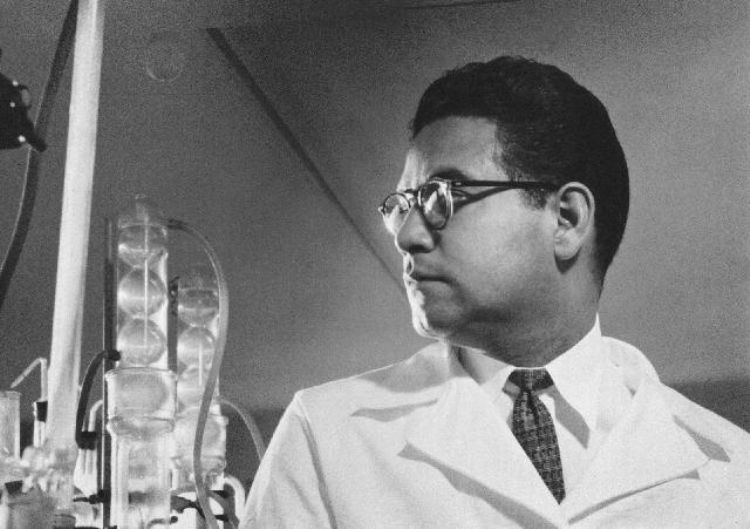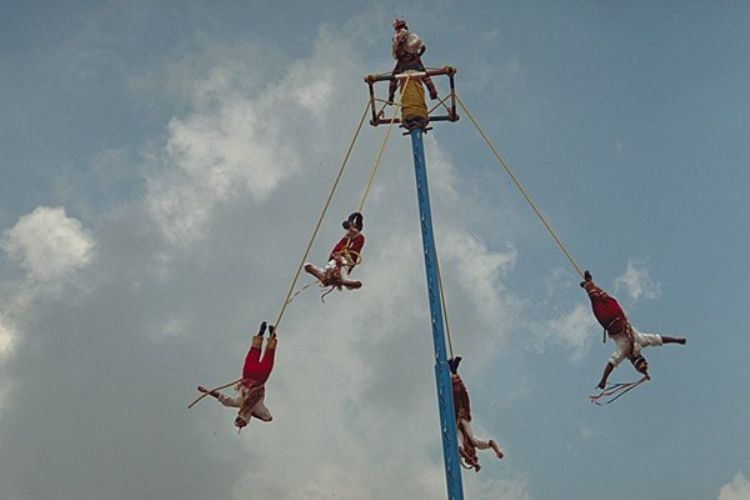Rufino Tamayo
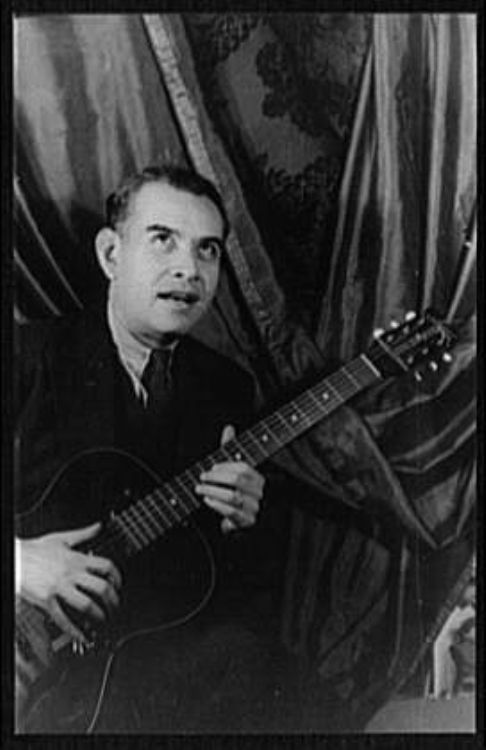
Rufino Tamayo was born in 1899, his artistic origin can be found in the academic formation he received in San Carlos, where he enrolled at 18 years of age, although Tamayo also experienced the great influence of popular Mexico, of the streets and stores, of the marketâs colors, of the characters that can only be found in daily life.
The first creations of Tamayo show a fundamental difference from the artists of his time, since he didnât focus on the social struggle attempted from the artistic trenches by Rivera and Orozco, among others. The painter was self-taught and proposed a visual arts language mixing various streams, such as impressionism, cubism and even futurism. His works are always distinguished by a central character, women, men, animals; images that reach him naturally, since the artist never strayed away from the urban bustle.
In 1921 he was Chief of the Drawing Department in the National Archeology Museum, alternating his time with creative seclusion, carried out in his study on Soledad Street downtown. Tamayo acquired an early artistic maturity that he proved by not following the style trends imposed by muralism. He was interested in the common beings that went by, the woman who peers out the balcony, the animal that observes the stars.
From the time of his study in La Soledad, the most outstanding works are âDos Mujeres en la Ventanaâ (Two Women in the Window) and âPareja con Magueyâ (Couple with Maguey). He mounted his first great exhibit in 1926. From then on the artist conquered exhibit halls in New York, Chicago and Massachusetts, among many others. In 1950 a great recognition from the critics invited him to the Hall named after him in the Venice Biennial Exhibition.
In Mexico, his work was intense and prolific, he lead diverse departments in the School ofBellas Artes and the Ministry of Public Education, although his relationship was not only academic, he left his mark on murals in the National Music School in 1933. Between Mexico and the world, Tamayo offered his murals as a sign of his tireless talent and constant experiments with the esthetics of space. In the Palacio de Bellas Artes he painted the mural in which he refers to a nationalist theme, intentional for the space, but not one of his favorites.
He even had the courage to experiment with another technique besides fresco, vinyalitas on fabric. He was an experimenter, never limited by themes or techniques; he painted on easel as well as frescos for creating murals such as the ones in Bellas Artes.
Like every artist, he received initial influence from European impressionism and cubism, although he later slowly freed himself from the rigidity of lines and chose a combination with less lineal definition.
The colors of his works is an undisputable trademark of the artistâs style that necessarily accompanies the characters of the social environment and even those who seem trivial, although at a certain moment he might have been interested, due to his commitment to the institutions he worked at, for themes prevalent in those times such as the Revolution, which he portrayed in 1938 in the National Anthropology Museum.
Some works that represent Tamayoâs style are: âHomenaje a la Razaâ (Homage to the Race), 1952; âAméricaâ, 1956; âPrometeoâ, 1958, âEclipse totalâ (Total eclipse), 1977. The abstract paintings of Tamayo evolve in his own characters; the paintings of the first epoch refer to common characters that become central in the frame, independent and important at that time, such as âEl perro ladrando a la lunaâ (The dog barking at the moon) or âAvionesâ (Airplanes) from 1925; âLa fábricaâ (The factory) from 1925, which donât need any ideological justification for existing in the painting. However, later, the impact of war events echoed in Tamayoâs reflection, and he paints searching for an exit for men and their relationship to the world. He experiments with mixography, etching and other techniques with smaller dimensions. From his last creations is âHombre con Pipaâ (Man with Pipe) from 1979. He died in 1991.
Click on the PLAY button to watch the Video.
Artículo Producido por el Equipo Editorial Explorando México
Copyright Explorando México. Todos los derechos Reservados.
Fotografía tomada de Wikipedia.Org Ver Autor y Licencia

